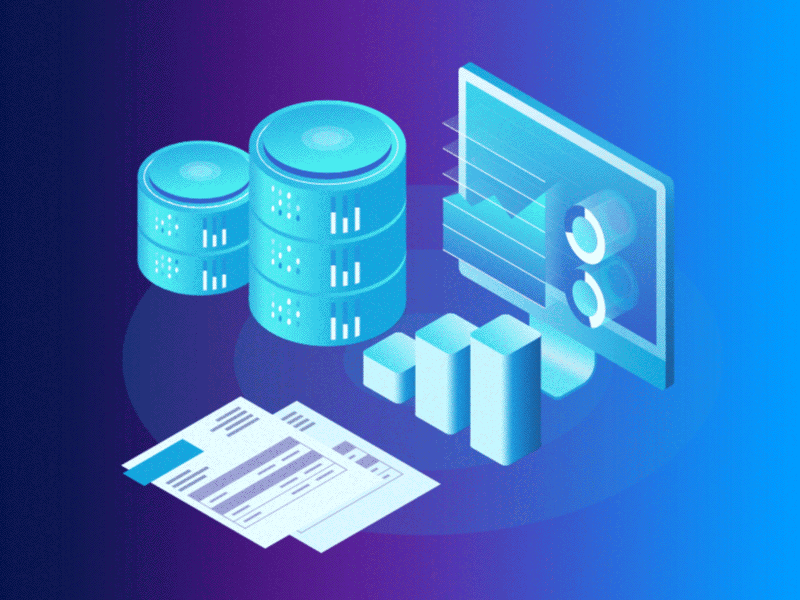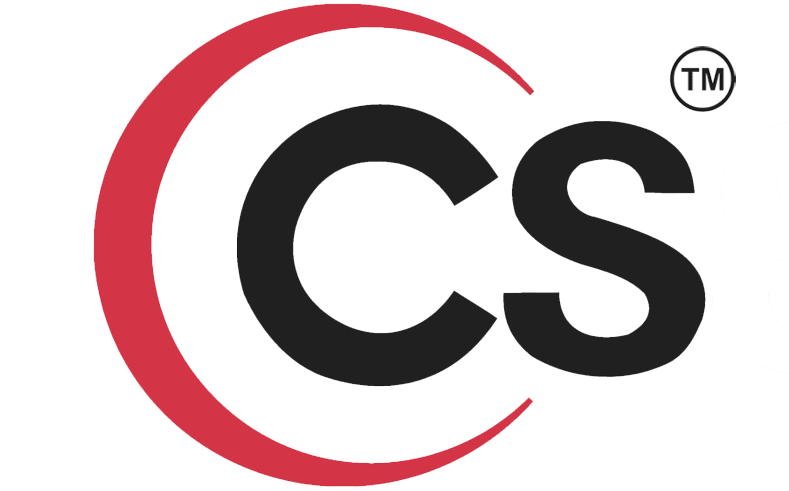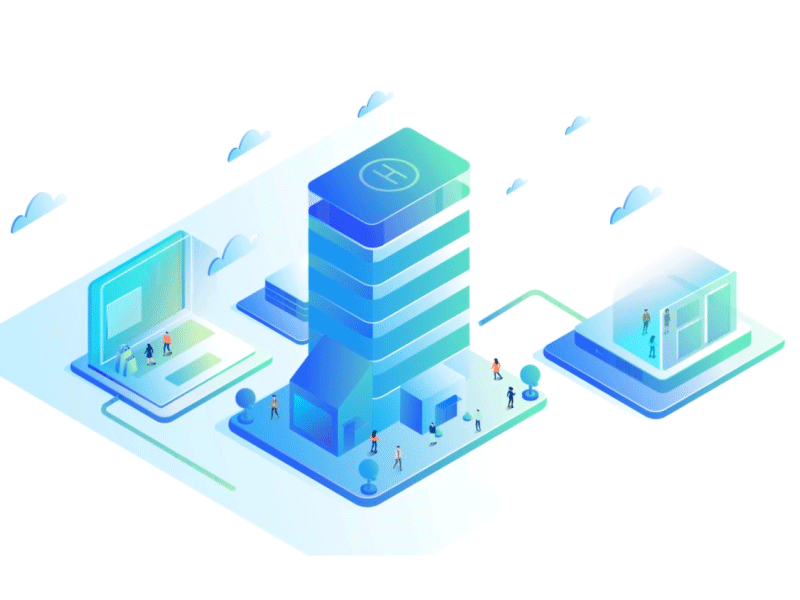Types of Databases
There are various types of databases used for storing different varieties of data:
Data is information and to organize this data, you require a Database. This article on What is a Database will help you understand the definition, the different types, their advantages and disadvantages.

1) Centralized Database
It is the type of database that stores data at a centralized database system. It comforts the users to access the stored data from different locations through several applications. These applications contain the authentication process to let users access data securely. An example of a Centralized database can be Central Library that carries a central database of each library in a college/university.
Advantages of Centralized Database
● It has decreased the risk of data management, i.e., manipulation of data will not affect the core data.
● Data consistency is maintained as it manages data in a central repository.
● It provides better data quality, which enables organizations to establish data standards.
● It is less costly because fewer vendors are required to handle the data sets.
Unlike a centralized database system, in distributed systems, data is distributed among different database systems of an organization. These database systems are connected via communication links. Such links help the end-users to access the data easily. Examples of the Distributed database are Apache Cassandra, HBase, Ignite, etc.
Advantages of Distributed Database
● Modular development is possible in a distributed database, i.e., the system can be expanded by including new computers and connecting them to the distributed system.
● One server failure will not affect the entire data set.
3) Relational Database
This database is based on the relational data model, which stores data in the form of rows(tuple) and columns(attributes), and together forms a table(relation). A relational database uses SQL for storing, manipulating, as well as maintaining the data. E.F. Codd invented the database in 1970. Each table in the database carries a key that makes the data unique from others. Examples of Relational databases are MySQL, Microsoft SQL Server, Oracle, etc.p>
4) NoSQL Database
Non-SQL/Not Only SQL is a type of database that is used for storing a wide range of data sets. It is not a relational database as it stores data not only in tabular form but in several different ways. It came into existence when the demand for building modern applications increased. Thus, NoSQL presented a wide variety of database technologies in response to the demands. We can further divide a NoSQL database into the following four types:
5) Cloud Database
A type of database where data is stored in a virtual environment and executes over the cloud computing platform. It provides users with various cloud computing services (SaaS, PaaS, IaaS, etc.) for accessing the database. There are numerous cloud platforms, but the best options are:
● Amazon Web Services(AWS)
● Microsoft Azure
● Kamatera
● PhonixNAP
● ScienceSoft
● Google Cloud SQL, etc.
6) Object-oriented Databases
The type of database that uses the object-based data model approach for storing data in the database system. The data is represented and stored as objects which are similar to the objects used in the object-oriented programming language.
7) Hierarchical Databases
It is the type of database that stores data in the form of parent-children relationship nodes. Here, it organizes data in a tree-like structure.
8) Network Databases
It is the database that typically follows the network data model. Here, the representation of data is in the form of nodes connected via links between them. Unlike the hierarchical database, it allows each record to have multiple children and parent nodes to form a generalized graph structure.
9) Personal Database
Collecting and storing data on the user's system defines a Personal Database. This database is basically designed for a single user. Node.js is efficient and lightweight as it uses non-blocking and event-driven I/O model.Node.js is used by developers to write server-side applications in JavaScript.
10) Operational Database
The type of database which creates and updates the database in real-time. It is basically designed for executing and handling the daily data operations in several businesses. For example, An organization uses operational databases for managing per day transactions.
11) Enterprise Database
Large organizations or enterprises use this database for managing a massive amount of data. It helps organizations to increase and improve their efficiency. Such a database allows simultaneous access to users.

